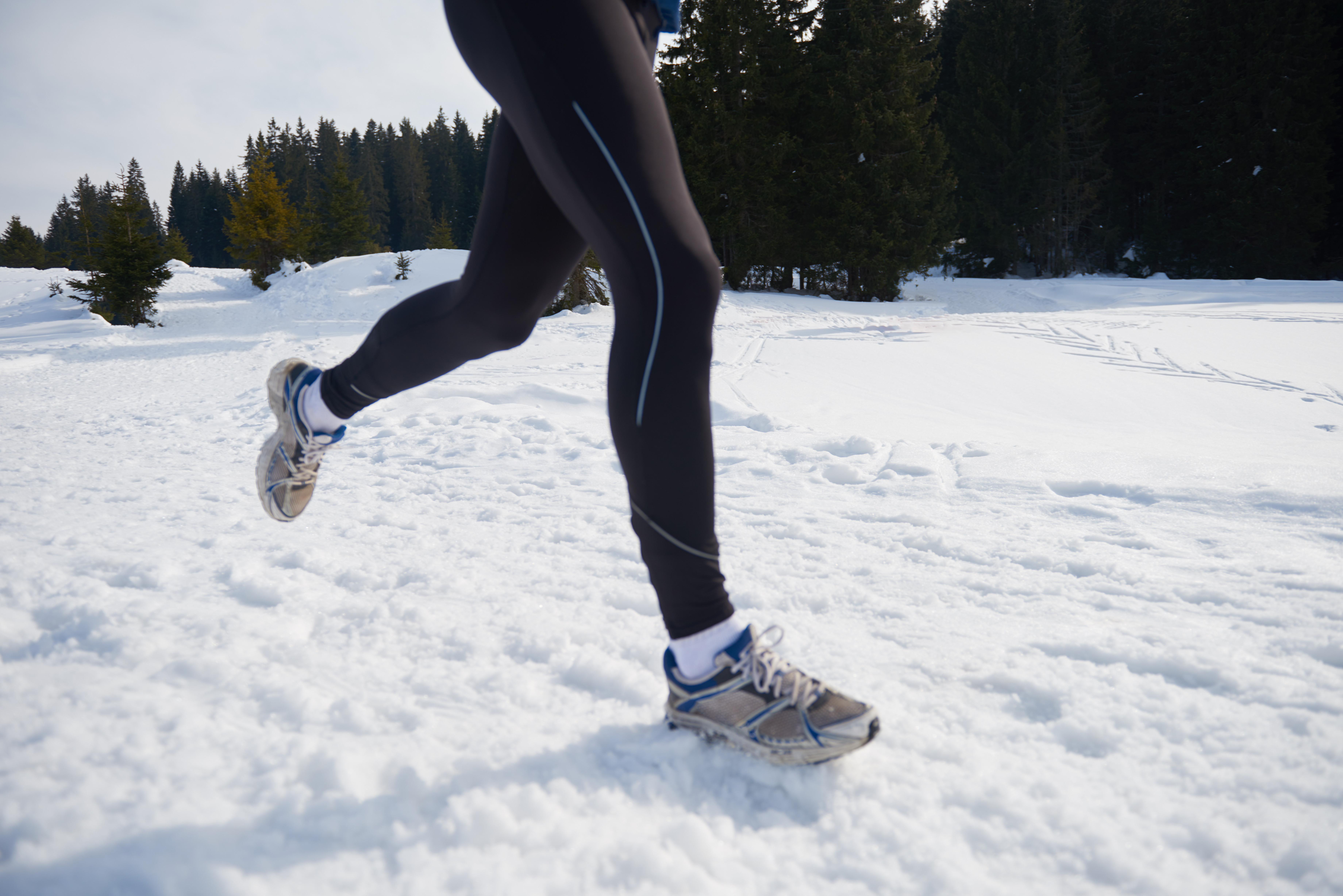
Why Winter Can Be So Hard On Your Knees
Patient Education Articles | Dec 16, 2024
Do your knees feel more achy and stiff during the cold winter months? If so, you’re not alone. Millions of Americans find that their knee discomfort increases during the cold winter months, which can make for a miserable holiday season. But why do the colder temperatures tend to bring about more knee discomfort, and what can you do to prevent these issues? In today’s blog, we explore why winter can be hard on your knees, and how to manage these concerns so that your knees stay protected throughout the season.
Cold Weather And Knee Pain
Medical experts can’t pinpoint one specific reason why knee discomfort may increase during the winter months, but there are a number of theories behind the correlation. For starters, many people are less active during the cold winter months. Inactivity can lead to muscle atrophy and general stiffness in the joints, meaning they are less able to handle the stress that you put on them. We understand the appeal of cozying up by the fire during the winter months, but still be sure to be active throughout the day and seek out regular exercise.
Another thought is that the colder temperatures can impact some of the systems in our knee joints that help them work correctly. When our bodies are colder, the synovial fluid in our joints becomes more viscous. This fluid helps to lubricate our joints and ensure that structures can move more easily within the area. As this lubricant loses a bit of its effectiveness, joint movement can start to feel a little more cumbersome and stiff.
Similarly, a drop in barometric pressure tends to precede the arrival of cold weather. This pressure is constantly being exerted on your body, and when it decreases, it may lead to slight expansion of muscles, tendons and other soft tissues. Tissue expansion can limit space within the joint or put pressure on the joint itself, increasing knee discomfort. Joint discomfort related to changes in barometric pressure is typically much more noticeable in patients who already have existing knee issues like osteoarthritis.
A final reason why knee discomfort may decrease during the winter is because our chances of a slip and fall injury increase when snow and ice is abundant on walkways. Slipping on ice, even if you catch yourself before you fall, can strain soft tissues in and around the knee, or trauma from a fall can lead to joint damage. Even individuals who don’t have balance or coordination issues may find that their knees start to hurt if they accidentally slip and fall this winter.
Managing Winter Knee Pain
You can work to prevent knee discomfort from causing problems throughout the cold winter months by being aware of the above causes and taking a few steps to mitigate their impact on your body. For starters, as we alluded to above, it is very important to stay active throughout the winter months. Not only can it help to preserve ideal function in your joints, but exercise can also help to stave off holiday weight gain, which would only put additional strain on your hip and knee joints.
You can combat the effects of colder temperatures on your synovial fluid by always making sure that you are appropriately dressed for the conditions, especially if you will be outside for a while. You can always take layers off if you’re overdressed, but if you are underprepared, your joints may suffer. Wear plenty of layers and try to keep your joints protected from the elements. While the barometric pressure may be out of your control, regular exercise, anti-inflammatory medications and a healthy diet can promote ideal joint function and limit the chances that inflammation will cause problems in your joints.
Finally, do what you can to protect against a painful slip and fall injury. Wear boots or other winter footwear that are protective of the elements and that provide a solid grip on snow and ice. Always watch where you are walking and try to avoid icy spots when possible. Use handrails when traversing stairs or ramps, and try to clear ice and snow from outdoor walkways around your home that you use regularly.
Don’t let knee pain put a damper on your holiday season. Stay active and be mindful of the seasonal challenges to our joints, and always reach out to a doctor if you experience new or worsening joint pain. For more information on how you can have ideal knee health at any age, consider picking up a copy of Dr. Reznik’s latest publication, The Knee & Shoulder Handbook, available now on Amazon and at Barnes & Noble. You can also reach out to Dr. Reznik directly at (203)-865-6784.
